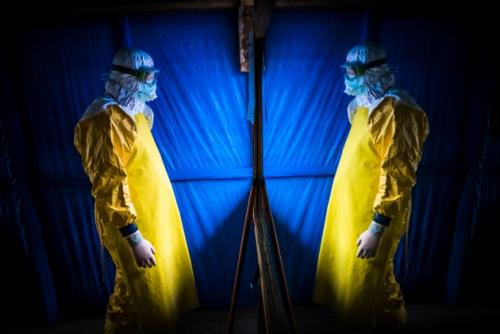Rate of infection in Liberia seems to plateau, raising questions over the usefulness of models in an outbreak
NATURE International Weekly Journal of Science Nov. 4, 2014
by Declan Butler
The Ebola outbreak in West Africa has infected at least 13,567 people and killed 4,951, according to figures released on 31 October by the World Health Organization (WHO). Now, in a rare encouraging sign, the number of new cases in Liberia seems to be flattening after months of exponential growth. Scientists say it is too soon to declare that the disease is in retreat: case data are often unreliable, and Ebola can be quick to resurge. But it is clear that mathematical models have failed to accurately project the outbreak’s course.

The reality of the Ebola outbreak is not reflected by model projections of high case numbers. Daniel Berehulak/NYT/Redux/eyevine
Researchers are now struggling to understand whether reports of empty beds at treatment centres and declining burial numbers are signs that fewer people are developing Ebola, or whether cases and deaths are going unrecorded.....
Recent Comments